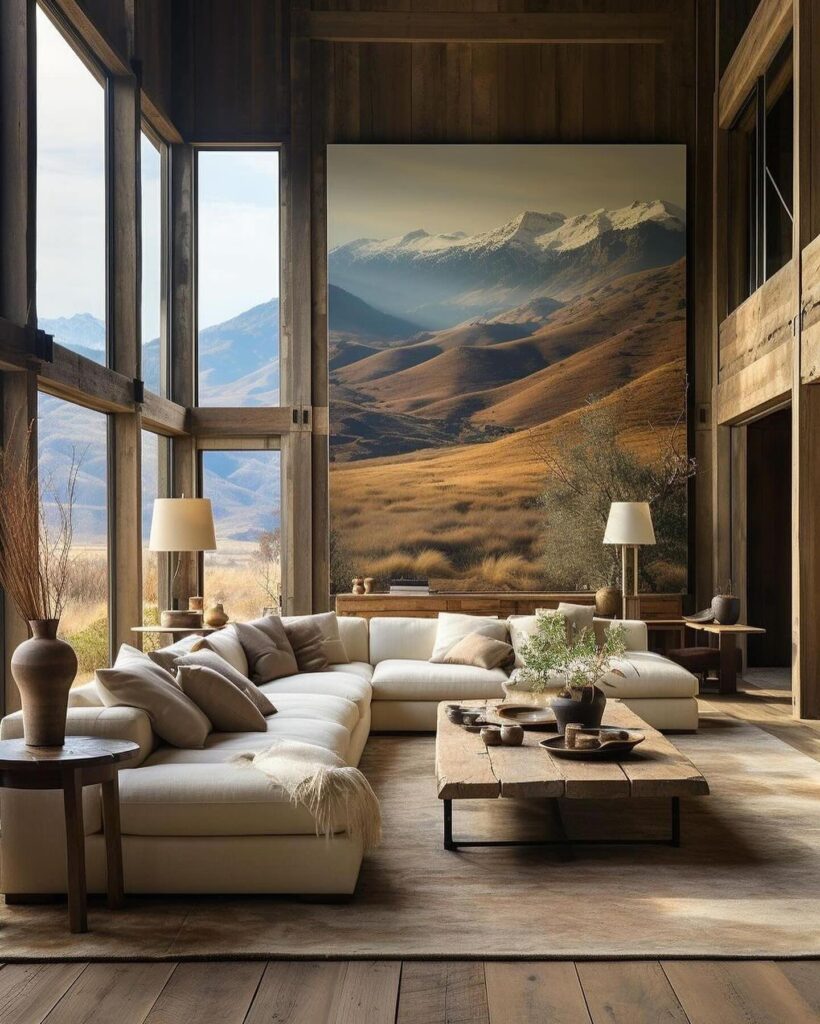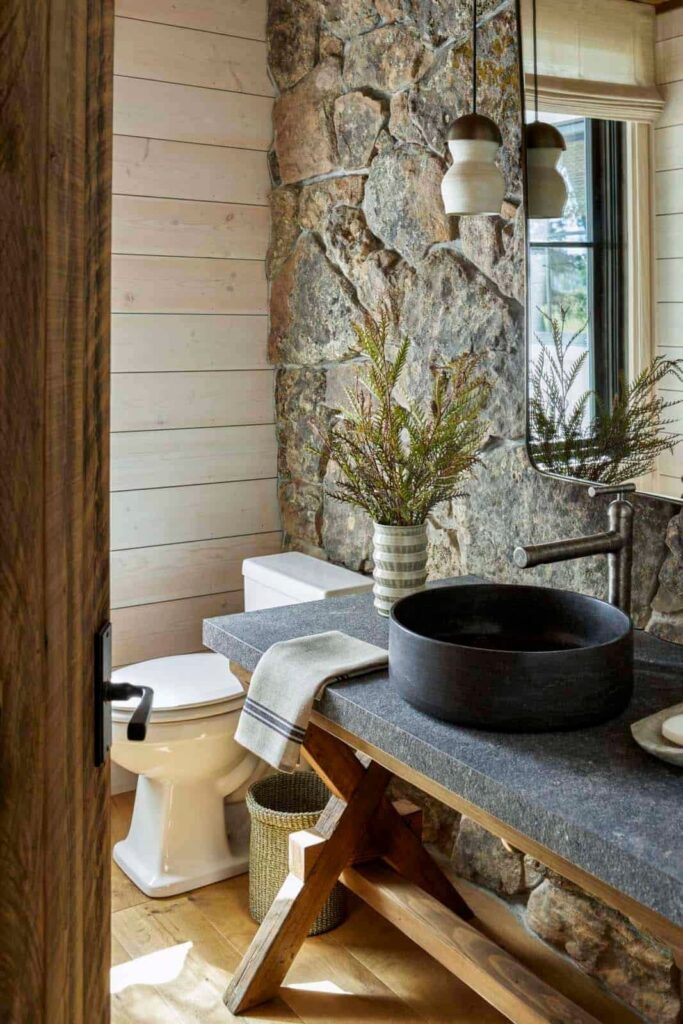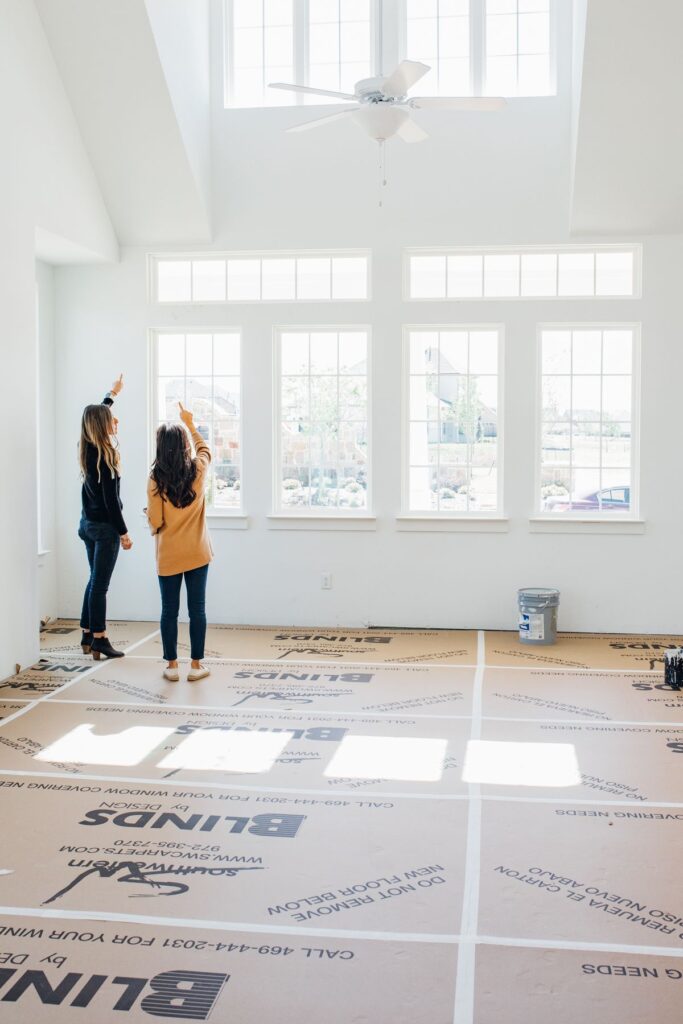“We shape our buildings, and afterwards our buildings shape us,” Winston Churchill. The house is the primordial human structure, the building from which all others evolved.
Science has proven that mimicking the natural environments in which we evolved is best for our emotional comfort and well-being. Often in modern day, current housing design trends ignore this information.
In writing this blog, we realized there is so much to cover that we decided to split up the content into a series of blogs. This first part will introduce the topic and why its important. Stay tuned for a deep dive on tangible tips to make your home feel more like home to you.
The purpose of the field of Design Psychology is to create not only functional and aesthetic but emotionally and socially satisfying places. Every room in a home, no matter how filled or barren, utilitarian or decorative, engages the deepest parts of your psyche. Rooms are containers for our desires and needs.

Toby Israel, Ph.D., is the founder of a Design Psychology. By observing children and adults at work and play, she discovered that the psychical environment has a profound impact on well-being. Generally, psychologists emphasize the importance of the social environment on one’s mental state.

This new psychological awareness is great for the interior designers within all of us. We have the power to promote greater well-being by how we decorate our own human “nests”! And this is where we refer to home as a “healing space.” Your home should reflect your unique psychology. Birds know this: they find just the right twigs to create their nests. An eagle’s nest is different from a sparrow’s. Each has their own requirements. Yet, we may be an eagle and decorate our nest to reflect a sparrow’s taste.

Our architectural ethos weaves together sacred geometry, biophilic design, and sustainable innovation to create spaces that resonate deeply with the human spirit.
By integrating nature’s blueprint and focusing on wellness, our designs are not just buildings—they’re sanctuaries that nurture, heal, and inspire.
This is personal liberation through interior design gives even deeper meaning and importance to what objects, colors, texture and motifs we choose to surround ourselves with. Self-care and healing through decoration? Let’s explore more.
Through her research, Dr. Israel inspires readers to “design from within.” Specifically studying how incorporating ideas from Design Psychology help women, Dr. Israel found that creating a nurturing and/or transformative home help women during important life events such as finding a partner or grieving a loss.

Dr. Israel describes finding a life-enhancing fit between people and place, or personality and decor. Just like when you’ve had a long day, and getting into your perhaps soft sheets and comfy bed can be like a hug. Or reclining on your special recliner in front of your favorite show can feel just right! There are so many examples. The soft hue of perfect ambient lighting. A great new exterior paint coat that looks clean and fresh.

So, what is our point in all this? Not only do we find it intriguing we also want to inspire looking through this lense as you construct your home environments. Asking yourself, “How will this make me feel?” As designers we can use raw materials to sculpt places (like artworks) that are beautiful, profoundly meaningful, and allow us to transcend in our growth and potential. Next month we will cover more psychology of design related content for you to make your home feel just right for you!